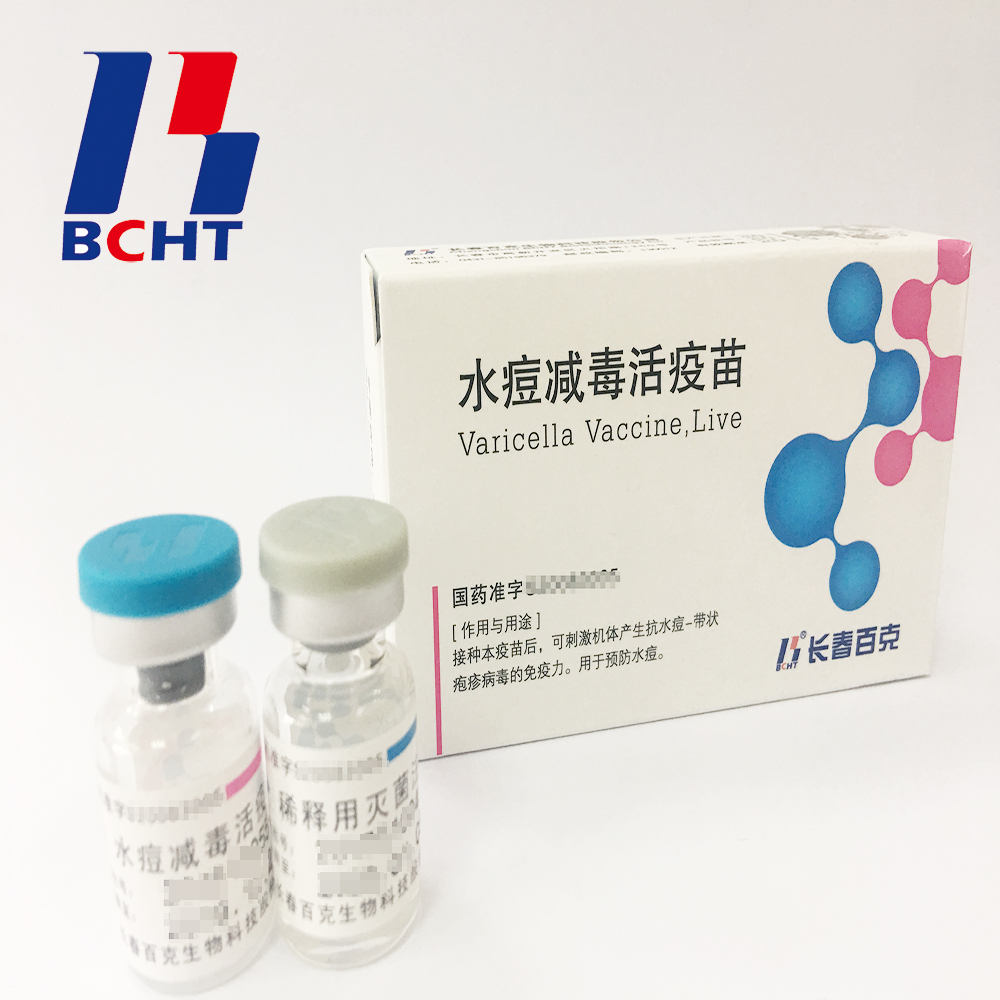Make reservations for vehicles that transport food, medicines, etc., and replace the disinfectant on the day you made your appointment. All vehicles approaching/entering the farm gate should be registered. The registration includes the name, the unit, the items to be transported, the location of the last contact with the contaminated area including live pigs, and the specific period. After the registration is completed, the vehicle will be cleaned, rinsed and disinfected.
Workers wearing clean and segregated clothes shall first clean the vehicle, including the surface of the vehicle and the interior of the vehicle. The interior of the vehicle shall include the floor, inner wall and partition plates in the interior of the vehicle. The exterior shall include the body, wheels, tires, wheel frames, fenders and chassis. . Remove most of the body's pollutants such as dirt and straw. Items that cannot be unloaded or that cannot be sterilized on site can be removed and placed off-site.
After cleaning, flush the surface of the vehicle, the interior, and the bottom of the vehicle with high-pressure water, and check the vehicle to see if there are any remaining organic substances. After determining that there is no residual organic matter, drive the vehicle into the door disinfection tank.
Disinfect the vehicle with a disinfectant, paying particular attention to where the worker may be in contact with the unloaded item, paying attention to crevices, wheels, and underbody. The cab is disinfected by the disinfection personnel in the field. The driver puts on the disinfectant suit and boots and sterilizes it into the vehicle's cab. Leave the disinfectant out of the disinfecting room for at least 15-30 minutes. If the selected disinfectant is harmful to the vehicle body, flush it with water and then drive it out.
The vehicle exiting the disinfection room stays in the living area and is unloaded after drying.
After disinfection, the disinfectant will replace the disinfectant and enter the living area after disinfection.
3. All vehicles that slaughter pigs, pigs, pigs, and piglets must be strictly cleaned, disinfected, and dried before approaching the field. The interval between the last cleaning, disinfection, and drying should be at least 24 seconds. hour.
During this period, the inside and outside of the vehicle will avoid all possible animal-originated pollution; these vehicles will stay in the loading hog and must not enter the site.
4, on-site special vehicles
Vehicles in pig farms should be dedicated
Eliminating the pig car and dead pig transfer vehicle should be cleaned, disinfected and dried after use every day. After drying, it is placed at the beginning of the final transportation.
The feed vehicles and feed vehicles are cleaned and disinfected once a week; after the feed vehicles are disinfected and rinsed, they should be placed in designated places, and care should be taken to prevent contact between birds and mice.
Bulk of varicella vaccine,semi-finished products.It has good safety with low ratio in adverse reaction. And it has been exported to Bangladesh.
In 2008, BCHT successfully launched its product Varicella Vaccine, Live in China. In the following years, BCHT continuously committed to improving the product and led in 2010 removal of gelatin from adjuvant and extended the vaccine shelf-life up to 36 months which is the longest one in the world in 2011. And it has the following qualities.

Rabies Vaccine,Freeze-Dried Rabies Vaccine,Mild Rabies Vaccine,Stable Rabies Vaccine For Human Use
Changchun BCHT Biotechnology Co.,Ltd , https://www.ccbcht.net